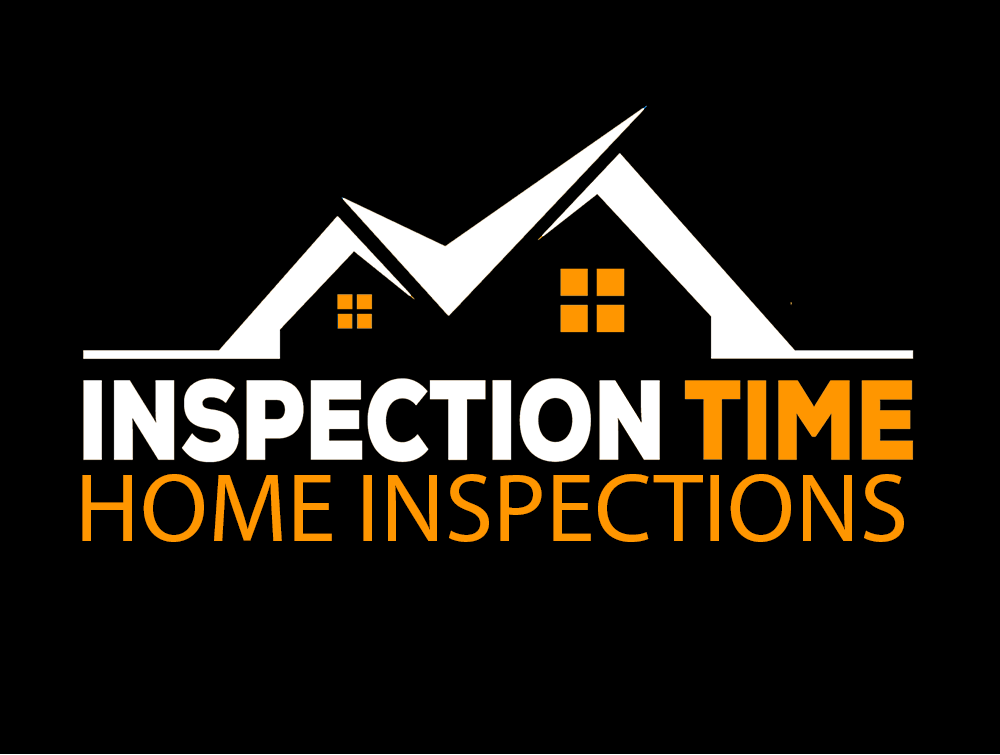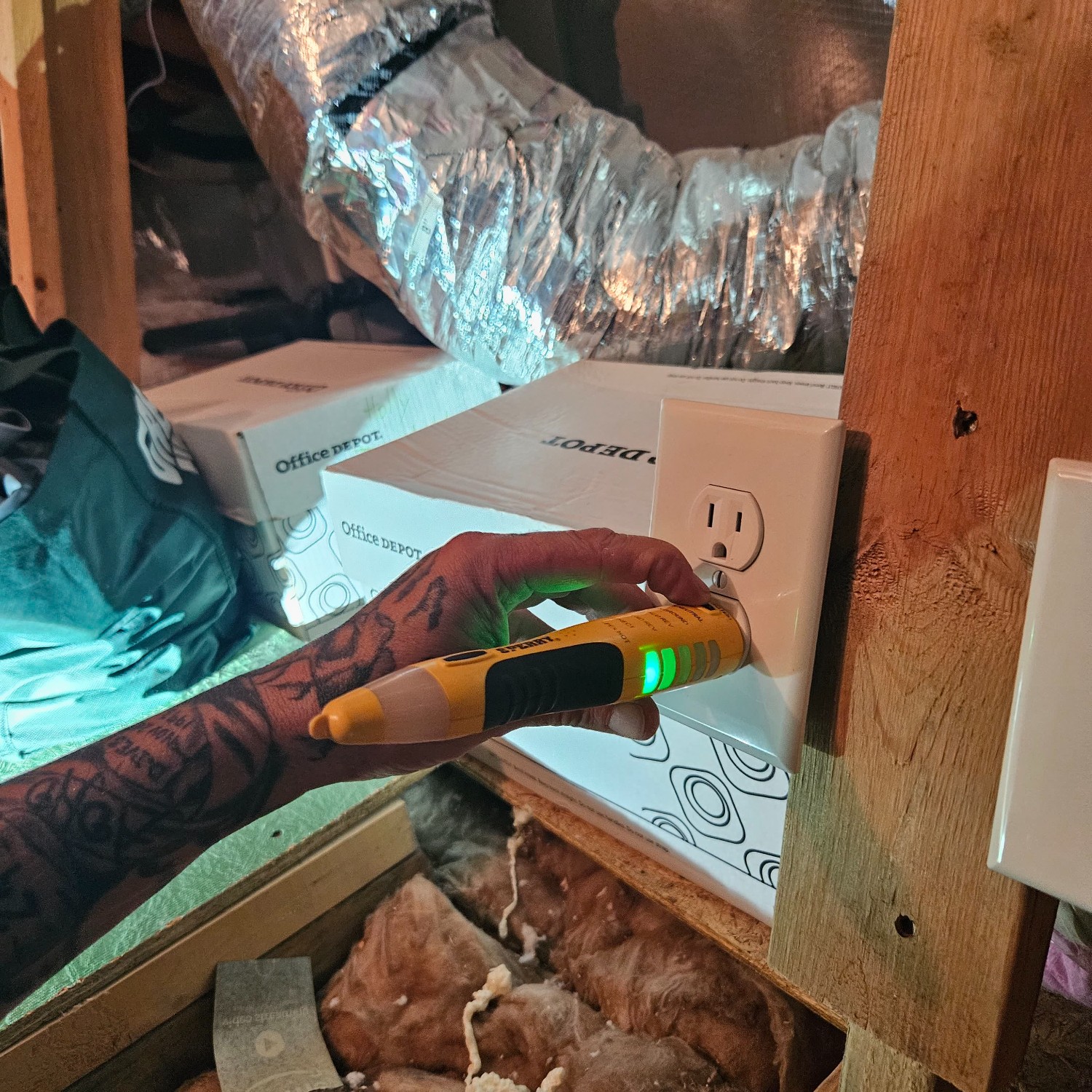Written by Aaron Davis Certified Master Inspector
GFCI Protection for Attic Receptacles: What You Need to Know About the 2020 NEC® Update
When it comes to electrical safety, updates to the National Electrical Code® (NEC®) often signal important advancements. One such update introduced in the 2020 NEC® is Section 210.8(E), which now mandates Ground-Fault Circuit Interrupter (GFCI) protection for all receptacles specified in 210.63, regardless of their location. This includes receptacles found in attics, electrical equipment rooms, and other dry locations. Let’s explore what this change means and why it’s essential for both safety and compliance.
What Does Section 210.8(E) Require?
The new section ensures that all 125-volt through 250-volt receptacles installed in locations specified under 210.63 must be equipped with GFCI protection. Previously, GFCI requirements were often associated with areas deemed more hazardous, such as outdoor or wet locations. However, this update broadens the scope, applying GFCI protection to receptacles in attics and other spaces often considered less prone to electrical hazards.
Why Is This Change Important?
The main goal of GFCI protection is to prevent electrical shock hazards by detecting ground faults and cutting off the flow of electricity before harm can occur. Here are some key reasons this change matters:
- Enhanced Safety: Even in attics and dry locations, electrical faults can occur due to aging equipment, damaged insulation, or pests. Adding GFCI protection provides an extra layer of safety for anyone working in these areas.
- Uniform Compliance: By standardizing the requirement across all specified locations, the NEC simplifies compliance for electricians and inspectors, leaving less room for interpretation.
- Protection Against Unforeseen Hazards: Attics and electrical equipment rooms can sometimes harbor unexpected risks, such as water leaks or condensation. GFCI protection ensures these potential hazards don’t become life-threatening.
What Does This Mean for Homeowners and Electricians?
For homeowners, this update means any newly installed or replaced receptacles in attic spaces must include GFCI protection. If you’re planning renovations or upgrades, ensure your electrical contractor is aware of and adheres to the 2020 NEC® requirements.
For electricians, this change emphasizes the importance of incorporating GFCI devices when working in attics or electrical equipment rooms. It’s also an opportunity to educate clients on why these updates are crucial for their safety.
Practical Tips for Compliance
- Upgrade During Renovations: If your home’s electrical system is being updated, consider replacing existing attic receptacles with GFCI-protected ones to align with current standards.
- Inspect Older Systems: For older homes, a professional inspection can identify whether attic receptacles lack GFCI protection and provide recommendations for upgrades.
- Use Listed Devices: Always use GFCI devices listed by a recognized testing laboratory to ensure reliability and compliance.
Conclusion
The addition of Section 210.8(E) to the 2020 NEC® reflects a continued commitment to electrical safety in all environments. Whether you’re a homeowner, contractor, or inspector, understanding and implementing these changes ensures safer spaces for everyone. If your attic receptacles lack GFCI protection, now is the perfect time to make the necessary upgrades and safeguard against potential hazards.





